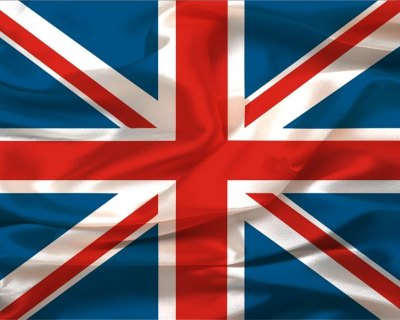See our Resources article: Population of the 13 colonies, 1610-1790.
Quick Study: England's manpower advantage

How small was it? So small that the population for all 13 Colonies combined in 1776 was about the same as the population of Chicago today—not the whole Chicago metro area, just the core city.
The total population of the Colonies in 1776 was about 2.5 million, according to U.S. Census Bureau estimates. Chicago’s population was about 2.7 million as reported by 2013 census figures.
Comparatively, the estimated population of Great Britain during the Revolution was 6.5 million to 7.5 million, somewhat smaller than the approximately 8.4 million in New York City today, according to the census. So imagine a war that pits the army of Chicago against the army of New York.
By the time of the first official U.S. census in 1790, the population of the United States was 3.9 million, including the original 13 states and four future states that would be carved out of lands that had been claimed by various Colonies: Vermont (once part of New York), Kentucky (part of Virginia), Tennessee (part of North Carolina) and Maine (part of Massachusetts).
The rapidly growing nation surpassed its mother country in population by 1850. The U.S. population in the 1850 census was about 23 million. The population of Great Britain was about 21 million in that country’s 1851 census.
In the Resources section is a decade-by-decade look at the Colonial population from 1610 to 1790. There is also a breakdown of the 13 Colonies by population in 1770, on the eve of the Revolution.
Related:
Population of the 13 colonies, 1610-1790
Quick Study: What was the Sugar Act?
Follow Chuck Springston on Twitter.

